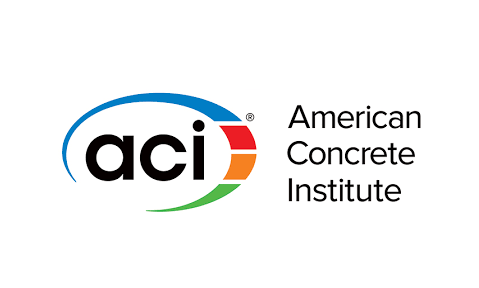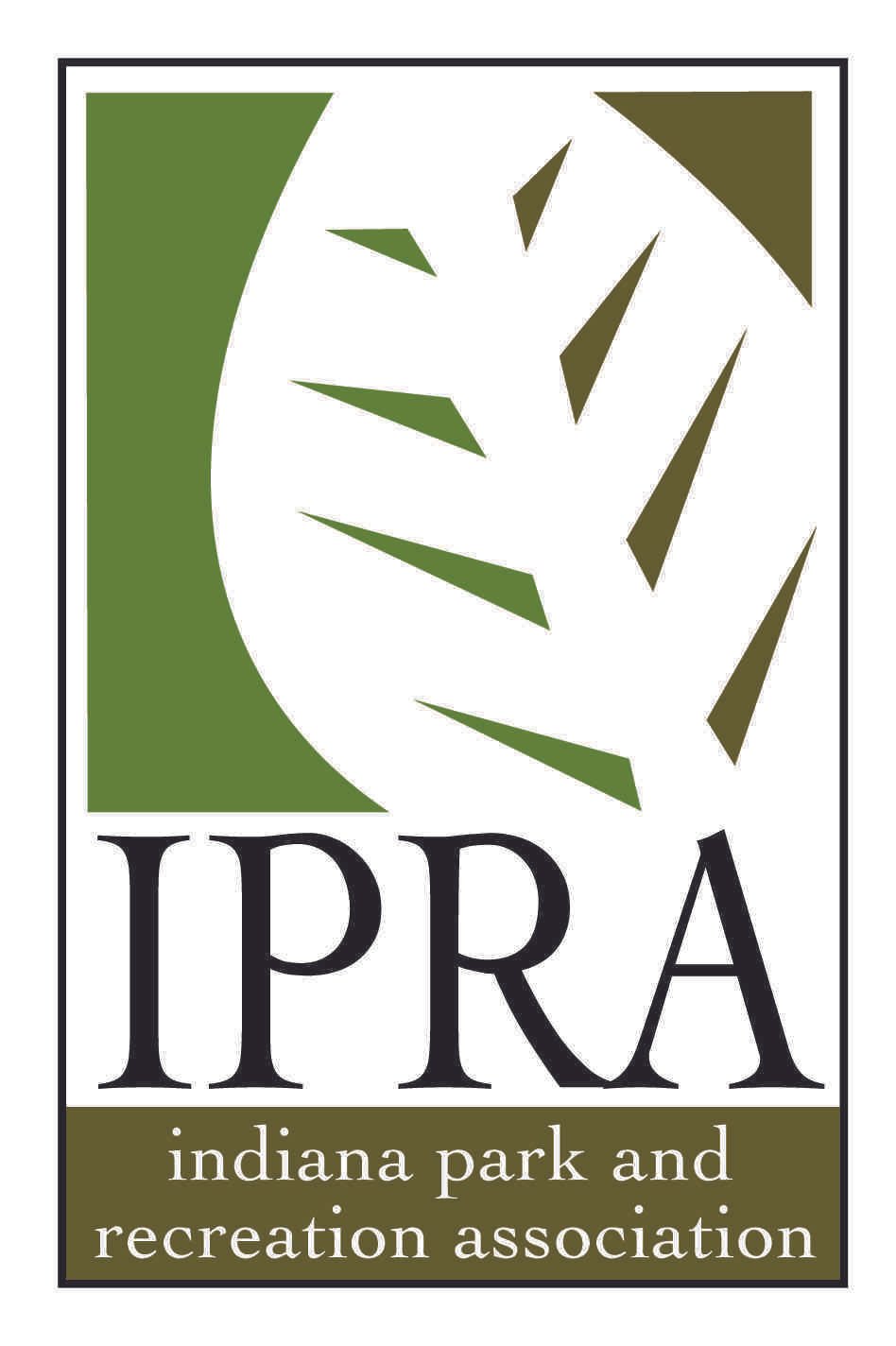WELCOME to the MATTINGLY CONCRETE "Frequently Asked Questions" page! This page is your one stop shop for most of your concrete related questions! We provide this information as a means of helping to educate our customers about the concrete process, the care, the nuances, and the technical considerations before, during, or after having your concrete poured. Consider yourself well informed after reading this page!
Lets start with a brief rundown of where and how the following information was attained. Lets build a better trusting relationship.
Mattingly Concrete is a name you can trust. Straight forward, and not sugar coating, concrete is great for most but not for everyone.
We complete (on average) roughly 700-800 residential "tear out and replace" jobs every year, for the last 30 years! We have seen just about every scenario possible around residential and commercial concrete construction.
Mattingly Concrete builds according to industry standards and surpasses these standards in most cases. However, we are not engineers, designers, architects or anything other than seasoned concrete tradesman. Should a situation arise that requires these professions, we will not offer advice in these categories.
Mattingly Concrete has a long history of honesty and integrity through a solid knowledge of our product and a straight forward customer service philosophy.
Mattingly Concrete has been featured in several industry publications including ConcreteNetwork.com, Concrete Decor Magazine, Concrete Contractor Magazine, Indianapolis Business Journal, Inc 5000 and local publications to boot.
Mattingly Concrete upholds a steady and consistent reputation on Angie’s List, social media, and through the BBB.
QUESTION 1: HOW LONG WILL MY PROJECT TAKE?
ANSWER 1: Project duration can vary greatly but can range from 2-5 days for a typical patio or driveway to 4-10 days or possibly more for projects that may be more involved.
QUESTION 2: HOW LONG BEFORE I CAN WALK OR DRIVE ON MY NEW CONCRETE?
ANSWER 2: Typically you may walk on standard brush finish concrete as early as 24 hours after the project is complete. For stamped or exposed concrete, you will want to wait until the surface has been pressure washed and sealed before foot traffic is OK. This process may add an extra day or so to the mix. For vehicle traffic, you will want to wait 7 full days before driving or parking on your new concrete. This same rule applies to any heavy objects (heavier than a rolling trash can or riding mower) and would certainly apply to new hot tub placement or boulders or anything of that nature.
QUESTION 3: WILL MY CONCRETE CRACK or CHIP?
ANSWER 3: YES, your new concrete will crack. We can promise it will. Concrete in its dry state, is a very brittle structure. It will not bend or flex or move freely as pavers, asphalt, or other decking or driveway materials. When poured, a portion of the volume of concrete is water. Water is an integral part of concrete and its chemical reaction and eventual curing. As the concrete cures and dries, water evaporates from the structure causing the volume of the concrete to shrink. Cracks can occur in brand new concrete in less than 24 hours due to this shrinking process. The next situation in which a crack may develop is through sheer settlement. Some degree of settlement is to be expected, even if not noticeable to the human eye. If the concrete even settles one millimeter, it will shift and relieve itself through the cracking process. Any type of crack can occur at any time during the concrete's lifetime. We have seen projects crack and chip the same day they are poured and some others that crack or chip later in the year, but we can promise you it will crack. Chipping or flaking of a concrete surface, especially those exposed to vehicle traffic and entryways like sidewalks and porches are most susceptible. Re-seal your concrete with a penetrating sealer to densify and protect your investment. These sealer help keep moisture out of the surface that causes more harm to a concrete surface. Chipping or flaking is not covered by any warranty.
QUESTION 4: WHAT CAN I DO TO PREVENT CRACKING or CHIPPING?
ANSWER 4: It is nearly impossible to create a crack or chip proof slab or project. Even the most over engineered bridge decks and building foundations crack, chip, spall, and weather over time. THIS DOES NOT MEAN THE PROJECT HAS FAILED, but simply means the concrete has relieved itself of the pressures it is facing. A standard in the residential concrete industry is to add "fiber nycon" to the concrete mix. This adds small fibers that reinforce the concrete from within to reduce shrinkage and settlement cracks and their severity. The next level of protection would be some sort of steel reinforcing. Steel rebar or steel wire can be placed within the project to give your concrete the next level of support and reduce the risk of cracks separating majorly over time. The third approach to lessening the chance of cracking is to add a foundation system. Foundations are usually thickened concrete areas usually excavated 30"+ into the earth below what is called the "frost line" This foundation system is expensive and usually not of value for a basic driveway, patio, or small project. Foundations are an integral part of home and building construction to prevent major heaving or settlement of eventual structures, but still does not guarantee a crack or chip proof system.
QUESTION 5: MY CONCRETE HAS ALREADY CRACKED OR SPALLED, WHAT DO WE DO NOW?
ANSWER 5: Head over to our warranty department page HERE.
QUESTION 6: HOW WILL YOU GET TO MY BACKYARD?
ANSWER: Mattingly Concrete has a slew of different equipment and techniques for getting into tight spaces when restoring or replacing a customers back yard patio, pool deck, or other project. Almost all of our machinery has tracks to allow for minimal ground pressure while traveling through yards or tight areas. SOME DEGREE of landscaping will be required by homeowner when projects are complete. A few ruts in the yard or dampened grass blades is to be expected. Even tire or rubber tracks on existing pavement or concrete. Ask your estimator about this process. Homeowners and business owners should budget for a landscaper or a landscaping project to take place once the concrete project is complete. We consider this like dentistry, while you are in the waiting room or under the light, it may be a bad feeling, but when its all over and done with you will love the outcome and the concrete itself will be beautiful. But remember, the concrete is only a portion of your overall project. PLAN on doing a few hours of landscaping when everything is said and done.
QUESTION 7: CAN I MATCH COLORS OR TEXTURES TO ANYTHING ELSE?
ANSWER 7: Colors and textures vary greatly due to supplier, wind, sunlight, temperature, and workmanship. It is nearly impossible to match any colors or textures exactly to examples or nearby work for these reasons. Something as simple as time of day can change the color of a concrete pour from one side to another. The more sunlight or precipitation that a slab endures in its early lifetime may speed up the "bleaching process" All concrete will start out as a very deep rich version of the desired color. Over time it will "bleach" or lighten up substantially as it cures. Even normal concrete starts out as a deep gray (almost green) color at first and can continually change colors over the course of weeks or month to an eventual somewhat even "concrete white" color. Blochy-ness or discolorations and inconsistencies are normal in the early lifetime of any concrete surface. These inconsistencies can be more evident in decorative concrete mostly due to the fact so many different processes and products are applied to the concrete to attain the stamped or exposed texture. Remember, concrete is a COMPLETELY hand crafted product. It comes out of a concrete supplier, delivered on a truck, brought out at a rocky watery consistency and placed by highly skilled individuals that have only a certain amount of time to make something look as good as possible before the concrete hardens. It is one of the toughest trades known. And we do our best to make it look easy. In the end, inconsistent colors, and harsh textures will fade and wear with usage. Fresh concrete can come out of the mold almost comparable to a new child's toy with sharp edges that haven't worn yet.
QUESTION 8: HOW OFTEN SHOULD I SEAL MY NEW CONCRETE?
ANSWER 8: This is a good question. Mattingly Concrete applies a sealant product to most jobs once the project is complete. You can choose to re-seal your concrete however often you would like but we recommend at least every year in the fall on driveways and steps and every other year on patios and sidewalks. Anything exposed to vehicle traffic should be kept sealed annually.
QUESTION 9: WHY DOES MATTINGLY CONCRETE HAVE A MINIMUM JOB SIZE AND COST?
ANSWER 9: Mattingly Concrete Inc. prides itself in its deep root philosophy that Mattingly can assist with almost any concrete repair. However, with the changing workloads through-out the year schedules can fill rather quickly. Demand changes almost like a roller coaster in Indiana due to the seasonal need for patios, sidewalks, driveways etc. Mattingly Concrete also has a fleet of mid size and heavy trucks and equipment that just plain cannot access some areas. This equipment is very expensive to maintain and some projects are just in too tight of areas, too far away, or just don't fit the mold. We take on only the jobs we feel comfortable providing the very best product for. Our work radius from our shop location varies but stays around 35 miles in any direction. If something is outside of this area it would need to be of a certain size in order to pay for heavy trucks to use fuel, dumping, equipment, and labor to travel and compete with a company that would otherwise be closer. We like to stay in our area. We do not like going to sides of town or places where we know a friendly competitor operates. We would be glad to refer the work to them before coming out to compete for the work outside of this area.
QUESTION 10: WHAT ABOUT MY SPRINKLERS!?!
ANSWER 10: Sprinkler systems can be found on a wide variety of jobs and we know them all too well. Usually the heads are strategically placed near or right next to your existing concrete as to not leave any grass behind them un-watered. While this makes sense for the sprinklers functionality, it puts almost every sprinkler head in great danger of being damaged during the tear out process of the old area. Sprinkler LINES are also commonly buried only a few inches below the sob and are very commonly struck by the excavation process as private sprinkler lines are not marked by Indiana Underground Utility locate. When a sprinkler system is struck or damaged, we try to save the broken pieces as best we can and save them off to the side for future repair by professional sprinkler contractor. These repair costs are not included in our estimates unless expressly written in advance.
QUESTION 11: WHAT KIND OF SEALERS ARE OUT THERE?
ANSWER 11: Sealers are a hard talking point across the concrete industry and you may get many different opinions on what is best from contractors in the same geographical area. In the last decade, many federal laws have changed to help conserve the atmosphere and air quality around us by limiting the types of chemicals manufacturers use in their products. Particularly concrete sealers.
Our opinion: The high gloss sealers of the early days in decorative concrete have taken a real hit. The quality and longevity of these sealers are not what they used to be and we have washed our hands of them completely in most cases. Not only does the product smell when applying, but the product only remains "shiny" for a short time before needing re-sealed again to maintain a shiny appearance. We have been using water based environmentally friendly sealers for a number of years now. It does not offer a high gloss appearance but does offer god protection for the concrete, minor color enhancement, and a longer lasting natural matte finish. For brushed concrete, we use a standard water base curing compound once the concrete is dry enough to spray on. There are upgraded penetrating sealers available for these applications that can be applied at a later date. For exposed aggregate concrete, clear or honey brown tone sealers can be used. There is quite a price difference in the two so be sure to clarify with your estimator which one you would like if you are getting an exposed concrete surface.
Additional Considerations.
















